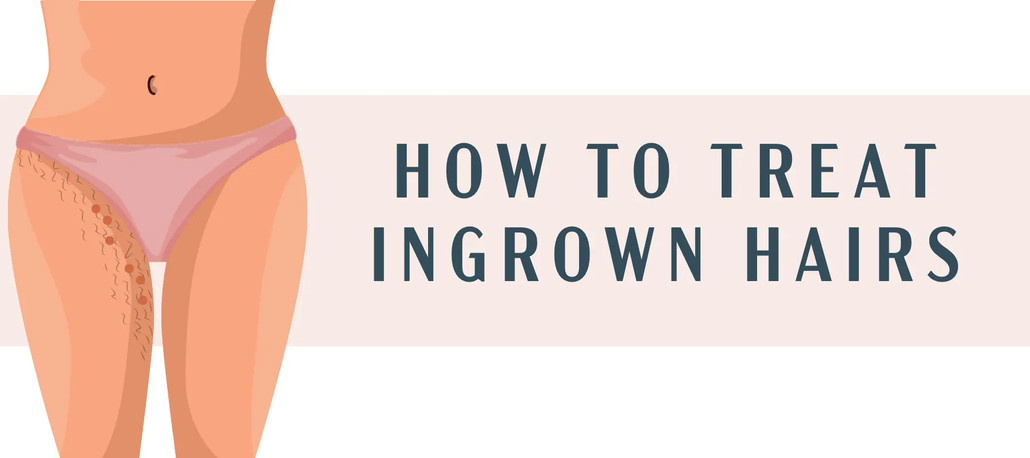How To Treat Ingrown Hair
Posted by Diana K. on Nov 3rd 2021
Ingrown hairs are most common in areas of the skin like bikini line, chin, and back. Although ingrowns can appear anywhere. If your client has stubborn ingrown hairs, Recommend exfoliating at home and performing a Vagasicial treatment in your studio.
Hair structure and direction of growth play a role in ingrown hairs. A curved hair follicle, which produces tightly curled hair, is believed to encourage the hair to re-enter the skin once the hair is cut or waxed and starts to grow back or if dead skin clogs the hair follicle and forces it to grow sideways. Shaving creates sharp edges in this type of hair, especially if the hair is dry when shaved. Just one other reason to promote waxing.
Chronic ingrown hairs can lead to permanent damage to the skin. Bacterial infections are very common. Bacterial folliculitis is a common infection in the hair follicles. It is caused by ingrown hair. This usually will heal on its own but more severe cases may require antibiotics.
Bacterial infections of the skin are common, and they can be hard to tell apart. While most aren't dangerous, they do need treatment, and some can lead to serious and even life-threatening complications.
Ingredients to look for treatments
There are many ingredients that work well to treat ingrown hairs. Many come from natural sources. Many people today are looking for the treatments that are more natural. Which is why we compiled a list of natural ingredients for you to look for in a ingrown hair product.
Cranberry Oil is full of beneficial compounds that are found in the artic cranberry seed oil itself. This is a natural oil and may help the skin look refreshed and rejuvenated.
Cane Sugar is a natural source of glycolic acid, an alpha hydroxy acid (AHA) that penetrates the skin and breaks down skin cells, encouraging cell turnover and generating fresher, younger-looking skin.
Bilberry oil is a close cousin to Blueberries. It has an abundant amount of zinc, fiber, vitamin K and vitamin E. Bilberry fruit contains compounds called anthocyanosises which have antioxidant properties and help to prevent or reverse damage to cells.
Willow Bark is another AHA that penetrates deep into the follicle to exfoliate the dead skin.
The best prevention is to follow proper home care in between waxing and Shaving. When shaving, a few precautions can be taken to prevent ingrown hairs, including proper shaving techniques and preparation of the skin before shaving. When waxing, it is important to treat the skin with post-depilatories to allow the hair to grow out of the skin instead of festering under the surface. As an esthetician it is important to offer your clients options to use at home.. However, if you are considering DIY waxing, make sure you get one, too.
Five Key steps to preventing Ingrowns
- Keep previously waxed area clean
- Avoid hot showers for 24-48 hours
- Avoid friction 24-48 hours
- Exfoliate regularly
- Moisturize daily

